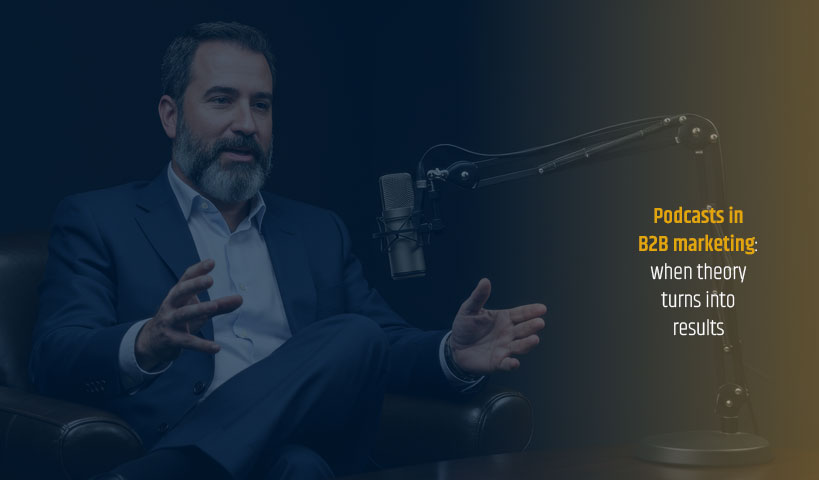
On a scale of 1 to 10, how would you rate your company’s performance in its market?
Over the past five years, have you achieved your sales and marketing goals?
Is your business geared at offering your customers and prospects a complete experience, that is to say “integrated”, or is it centered on itself with a product (and brand) approach, otherwise known as “push”? There is a big difference between these two approaches; in fact it’s a paradigm shift, and it is worth looking into.
Recent developments in tools, systems, applications and features, attributable to the development of IT, have transformed marketing and sales functions forever. These are incredible opportunities and challenges for companies! They must be seized and overcome.
This massive digital transformation is possible, but it is only part of the necessary paradigm change we have to adapt to.
So, how to adapt to this paradigm shift?
Here are 3 ways:
1. Break down the silos between and within your marketing and sales functions, and practice integrated marketing. (If your business has R & D, it must also be integrated with sales and marketing). Develop a culture of strong cooperation based on accountability, leadership and a review of the compensation system. This culture must also focus on the customer rather than on products and services.
Understand the buying process of your different types of buyers and adapt your strategies, tactics, processes and performance indicators to the dynamics of their market segment. Everything begins and ends with this principle.
Remember that almost 70% of leads provided by marketing don’t get sales follow-up[1]. Lack of cooperation and integration between sales and marketing functions can be unproductive … and very expensive.
2. Make sure to have a strong marketing team (restructure, outsource or upgrade them!) with players who understand this paradigm shift, where the customer is the starting point and end of any activity. You need:
Strategists that have a 360 degree view across all online and offline channels are able to integrate them all, like an orchestra conductor. They must have leadership for planning and creativity, based on data and not just on their instincts.
Analysts, to measure and optimize your efforts in marketing and sales, both online and offline. We are talking about B2B here so, apart from a few exceptions, offline marketing is still very much alive and effective, so long as it is integrated with what is happening online.
Segmentation specialists, focused on customer and prospect needs. Able to understand buying behaviours and anticipate them, so the company can make targeted offers.
Community managers and email campaign managers (including newsletters and email marketing). These people should join your communities, but keep them “near you” and maintain relationships with them.
Content creators to produce your different forms of content: videos, blogs, case studies, articles, websites, etc. These people don’t write in the traditional manner, and they must master “storytelling” as well as the optimization concepts in search engines (text and video) and social networks.
SEO specialists because search engines algorithms, social media and video content penetration is frequently upsetting the rules of the game, so you need someone to follow and explain to the team how to maximize the impact of their web marketing actions.
Graphic designer to make information more easily accessible and visible through today’s content saturation. (Have you noticed? J )
Your integrated marketing team and the sales team must collaborate, align and be able to see the overall situation. Of course, these people must be familiar with the use of technological tools.
3. Choose and integrate technological tools such as CRM, web technologies and marketing automation which come to support your sales and marketing functions, to allow you to measure your efforts with dashboards based on performance indicators that are relevant to your company and, to your goals.
So, ready to break your silos?
[1] According to DemandCon – Conference dedicated to demand – October 2012




